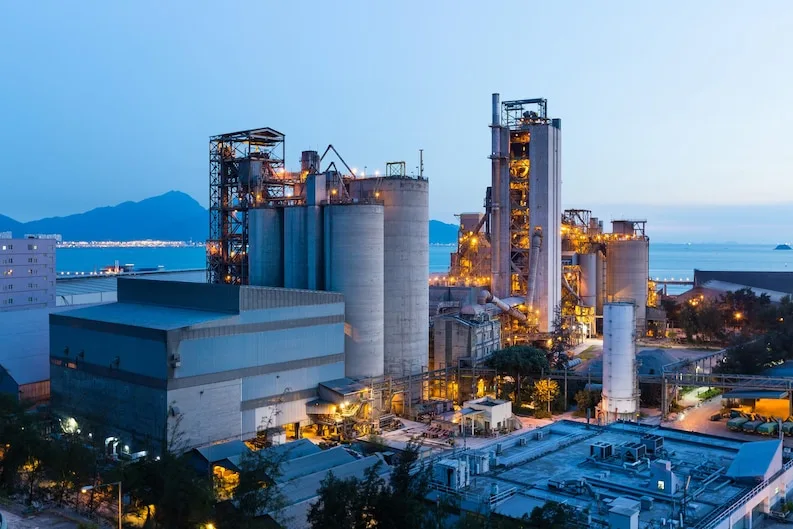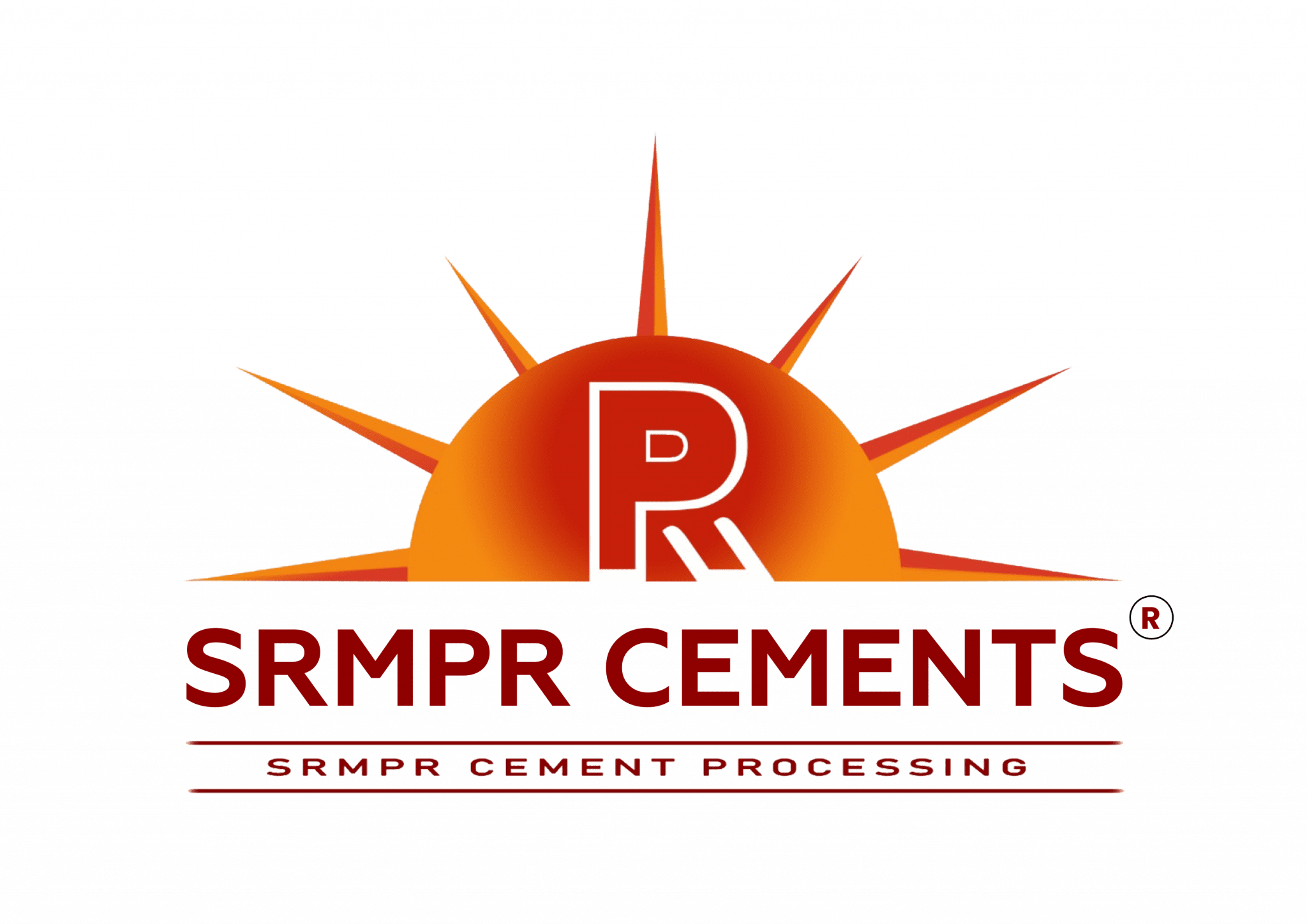Cement companies are leveraging a range of new technologies to significantly enhance production efficiency. These innovations touch upon various stages of cement manufacturing, from raw material extraction to the final product. Let’s delve into more detail on how cement companies are employing these technologies:
Digital Twins and Process Simulation:
- Digital twin technology creates virtual replicas of the entire cement plant, offering a real-time view of operations.
- These digital twins can simulate different scenarios and help operators optimize production processes, leading to higher efficiency.
- By predicting equipment failures and process bottlenecks, digital twins minimize downtime and maintenance costs.
Automation and Robotics:
- Robotic systems are used for material handling, sample collection, and even some maintenance tasks.
- Automated guided vehicles (AGVs) and drones assist in monitoring inventory and conducting surveys.
- These technologies reduce the reliance on manual labor and increase precision in tasks.
Advanced Process Control (APC):
- APC systems utilize artificial intelligence and machine learning algorithms to continuously optimize process variables.
- They adjust parameters like temperature, pressure, and chemical composition in real time for improved energy efficiency and emissions reduction.
- APC enhances the consistency and quality of the final product.
Alternative Raw Materials and Fuels:
- Cement companies are exploring alternative raw materials, such as industrial byproducts and waste materials like slag, fly ash, and rice husk ash.
- They are also using alternative fuels like biomass, waste-derived fuels, and even plastics to reduce reliance on fossil fuels.
- These substitutions not only lower production costs but also decrease environmental impact.
Carbon Capture and Utilization (CCU):
- CCU technologies capture CO2 emissions from the cement production process.
- This captured CO2 can be used in various ways, including enhanced oil recovery, concrete curing, or even converted into valuable products like synthetic fuels and chemicals.
- CCU helps cement companies meet carbon reduction goals and regulatory requirements.
Energy Efficiency:
- Investments in energy-efficient equipment and practices, such as high-efficiency kilns and coolers, reduce energy consumption.
- Waste heat recovery systems capture and repurpose heat generated during production for other purposes.
- Integration of renewable energy sources, like solar and wind, helps power cement plants with cleaner energy.
Predictive Maintenance:
- Predictive maintenance relies on sensor data and predictive analytics to forecast equipment failures.
- It allows maintenance teams to address issues proactively, preventing costly unplanned downtime.
- This technology extends the lifespan of machinery and lowers maintenance costs.
Quality Control:
- Advanced sensors and monitoring systems continuously assess the quality of raw materials, intermediate products, and the final cement.
- Real-time data analysis enables prompt adjustments to maintain consistent product quality, reducing waste and rework.
Sustainable Cement Formulations:
- Cement companies are developing low-carbon and blended cements with reduced clinker content.
- These formulations require less energy during production and emit fewer greenhouse gasses.
- They align with sustainability goals and consumer demand for eco-friendly products.
Supply Chain Optimization:
- Technologies like blockchain enhance transparency and traceability in the supply chain.
- Data analytics and AI help optimize logistics, ensuring that raw materials are sourced efficiently and delivered on time.
- Supply chain efficiency reduces production disruptions and costs.
Waste Heat Recovery:
- Waste heat recovery systems capture excess heat generated during cement production.
- This recovered heat can be used for preheating raw materials or generating electricity, resulting in energy savings.
By integrating these advanced technologies, cement companies can achieve higher production efficiency, reduce operational costs, improve product quality, and minimize their environmental footprint, ultimately ensuring their competitiveness in a rapidly evolving industry.



